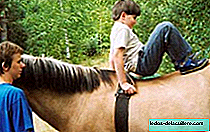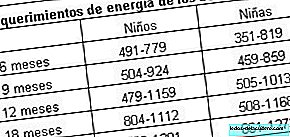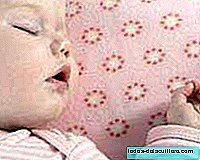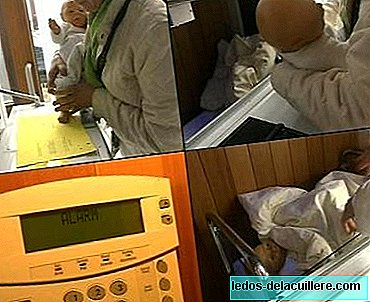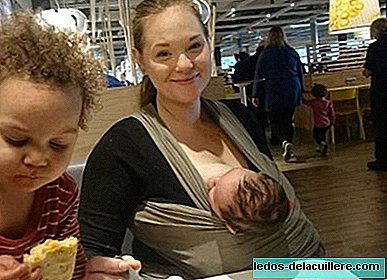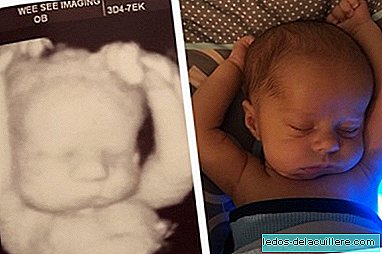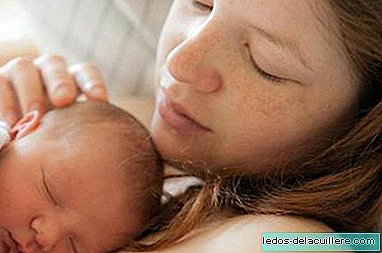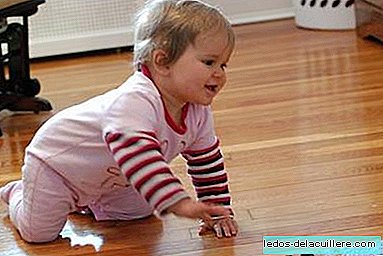
Following the entry started a few days ago today I will explain the table used to detect a possible early deviation in the psychomotor development of children under 4-5 years old, the Haizea-Llevant board.
As I said a few days ago, the table does not provide a diagnosis but seeks to detect a possible psychomotor delay, without pretending to know the degree of delay.
The table is divided into four areas: sociability, language, manipulation and postural with different tests for each of them.
These tests are represented in the table in the form of green and blue horizontal bars that indicate the percentage of children who perform an action. The beginning of the bar (green) indicates 50% of the children, the change of color to blue 75% and the end of it indicates that at that age 95% of the children already do the studied action.
Each item is valued according to its importance with stars (*, ** or ***), although they are not represented in the table and we will explain them in later entries.
We also find in the table some warning signs represented as orange lines whose presence makes suspect the existence of some alteration in psychomotor development (I will talk about it also in another entry)
How the Haizea-Llevant Table is used

A vertical line is drawn in the chronological age of the baby or child, which we will have to correct if it is a premature one, and we will see if it exceeds the elements located to its left and the elements that crosses the line.
The correct order of valuation of the table is "reading it" from left to right and from top to bottom.
As the assessments are made, the sum of the stars of the “failed” items must be noted. The items to the left of the line drawn add up to the value of the entire stars, while those that are crossed by the line add up to half (an item crossed by the line, valued with two stars ** would add one *).
If the resulting value of all areas is greater than five stars (*****), or in a single area (socialization, postural, ...) is greater than three stars (***) it would be considered a “child” situation of risk ”, which will also be given if it presents any of the characteristics indicated as“ warning signs ”.
In this case, the professional refers the child to a specialized center so that the appropriate diagnosis is made (or not).
To consider
As I said in the other post, children must be in good physical condition (not sick), without hunger or sleep and The tests must be carried out with time, without pressure and as if they were a game. Many of the items studied can be solved by observing the child for a while or asking the mother.
Within the assessment it is also possible to distinguish what may be variants of normality. It is likely that a perfectly normal child has a score higher than five stars but, as always, prevention is better than cure and a correct assessment can determine if there is really a delay or if it is a child that has a somewhat slower pace than the majority.
I leave the Haizea-Llevant table so that you know her. You can see it and / or print it here.
In a few days I will explain, one by one, all the items we would value in a three-month-old child and the stars that pertocate each of them.


